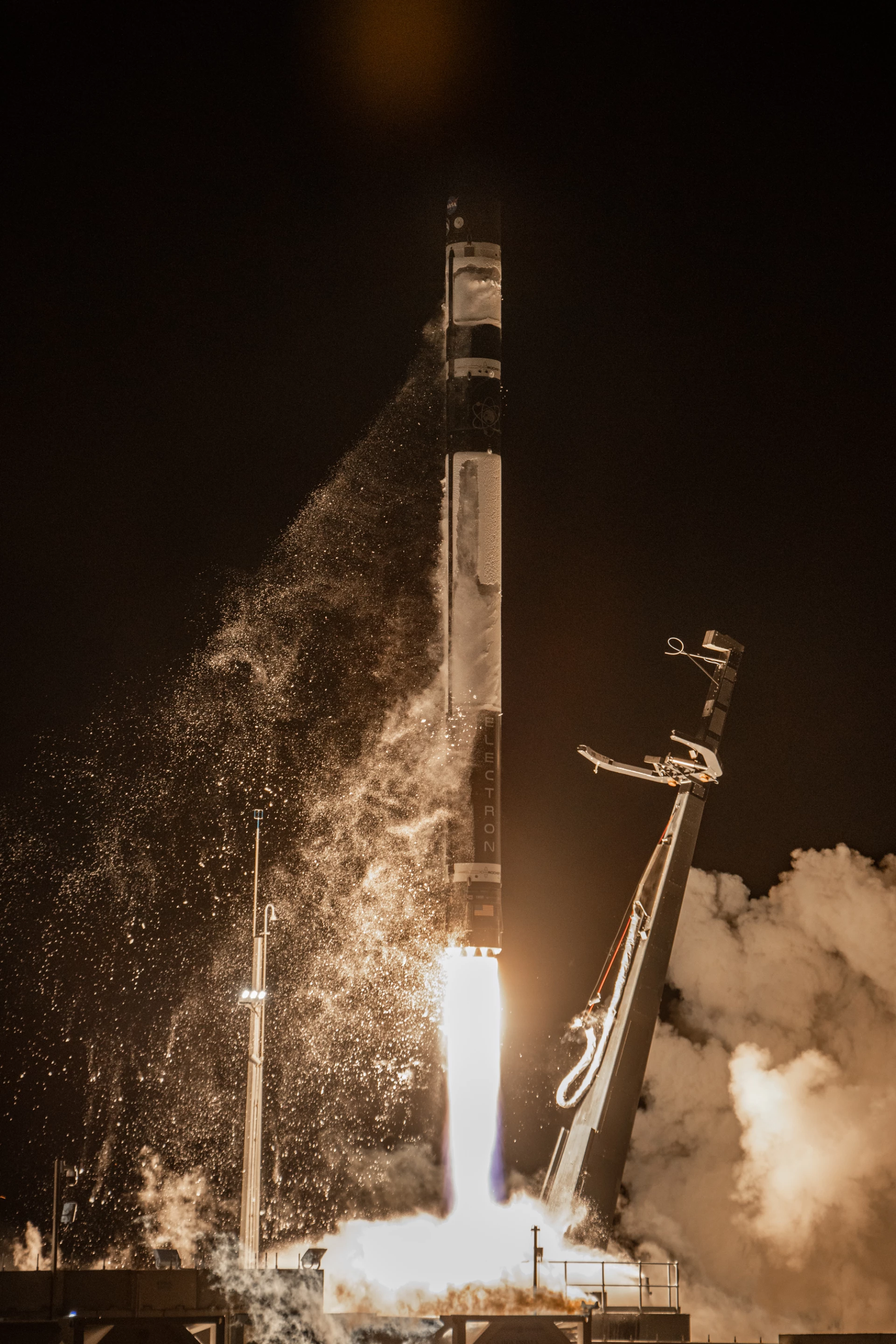NASA took its first step today in establishing its Gateway orbital lunar outpost with the launch at 5:55 am EDT of its Cislunar Autonomous Positioning System Technology Operations and Navigation Experiment (CAPSTONE) CubeSat atop a Rocket Lab Electron rocket at the Rocket Lab Launch Complex 1 on the Mahia Peninsula of New Zealand.
As part of its Artemis program to establish a permanent presence on the Moon, NASA plans to construct a small space station called Gateway in cislunar space to serve as a base for crewed expeditions to the Moon and Mars. One feature of Gateway is that it won't orbit the Earth or the Moon, but a spot in empty space called a Lagrange point where the gravitational pull of the Moon and Earth balance each other out.
Gateway wouldn't sit at the Lagrange point, but circle it every six and a half days in a complex 3D orbit called a Near Rectilinear Halo Orbit (NRHO) that would bring it to within 1,000 miles (1,600 km) of the Moon’s North Pole on its near pass and 43,500 miles (70,000 km) from the South Pole at its farthest as it traces a trajectory like a lopsided halo.

Such an orbit would allow the Gateway crew to see both the Earth and the far side of the Moon at the same time. It would also make the solar-powered outpost more practical because it would encounter very few eclipses by the Earth or the Moon.
However, one of the biggest drawbacks is that the only evidence for the stability of such an orbit is from computer models. That's not enough to gamble a multi-billion dollar program on, so NASA is sending the 55-lb (25-kg) CAPSTONE satellite on a planned nine-month mission to test the Gateway orbit.
Unlike a low-Earth orbit mission, CAPSTONE is still far from its final destination, which it will not reach for four months. Before that, the spacecraft will remain docked with the Rocket Lab’s Lunar Photon third-stage rocket, which will make a series of orbital burns over the next six days. After this, CAPSTONE will be released and continue on a ballistic lunar transfer trajectory to the Moon, using its onboard thrusters and the Sun's gravity to obtain its NRHO orbit.

Once on station, CAPSTONE will use the Cislunar Autonomous Positioning System developed by Advanced Space to demonstrate how it can work in tandem with NASA’s Lunar Reconnaissance Orbiter to establish each spacecraft's position without referring to NASA's Deep Space Network tracking system.
"Delivering the spacecraft for launch was an accomplishment for the entire mission team, including NASA and our industry partners," said Bradley Cheetham, principal investigator for CAPSTONE and chief executive officer of Advanced Space, which owns and operates CAPSTONE on behalf of NASA. "Our team is now preparing for separation and initial acquisition for the spacecraft in six days. We have already learned a tremendous amount getting to this point, and we are passionate about the importance of returning humans to the Moon, this time to stay."
The video below is a recap of the CAPSTONE launch.
Source: NASA







